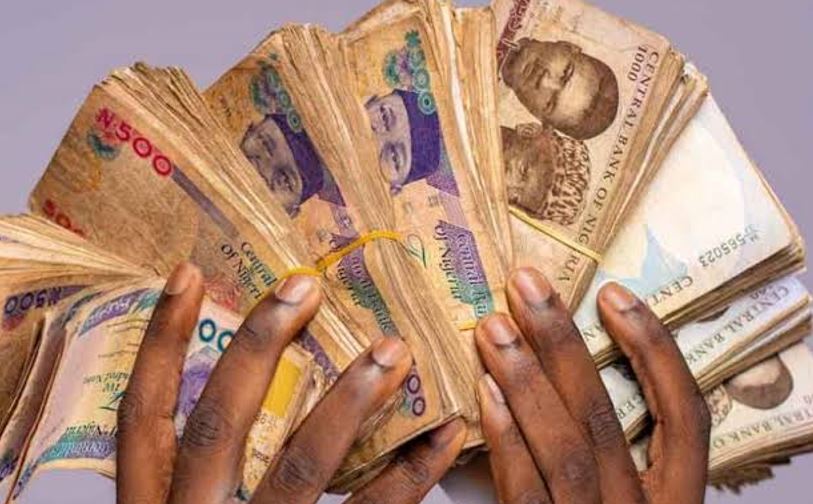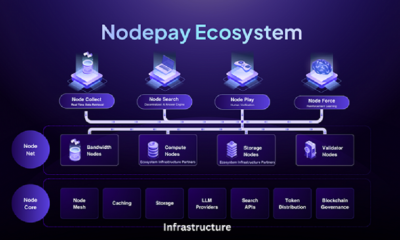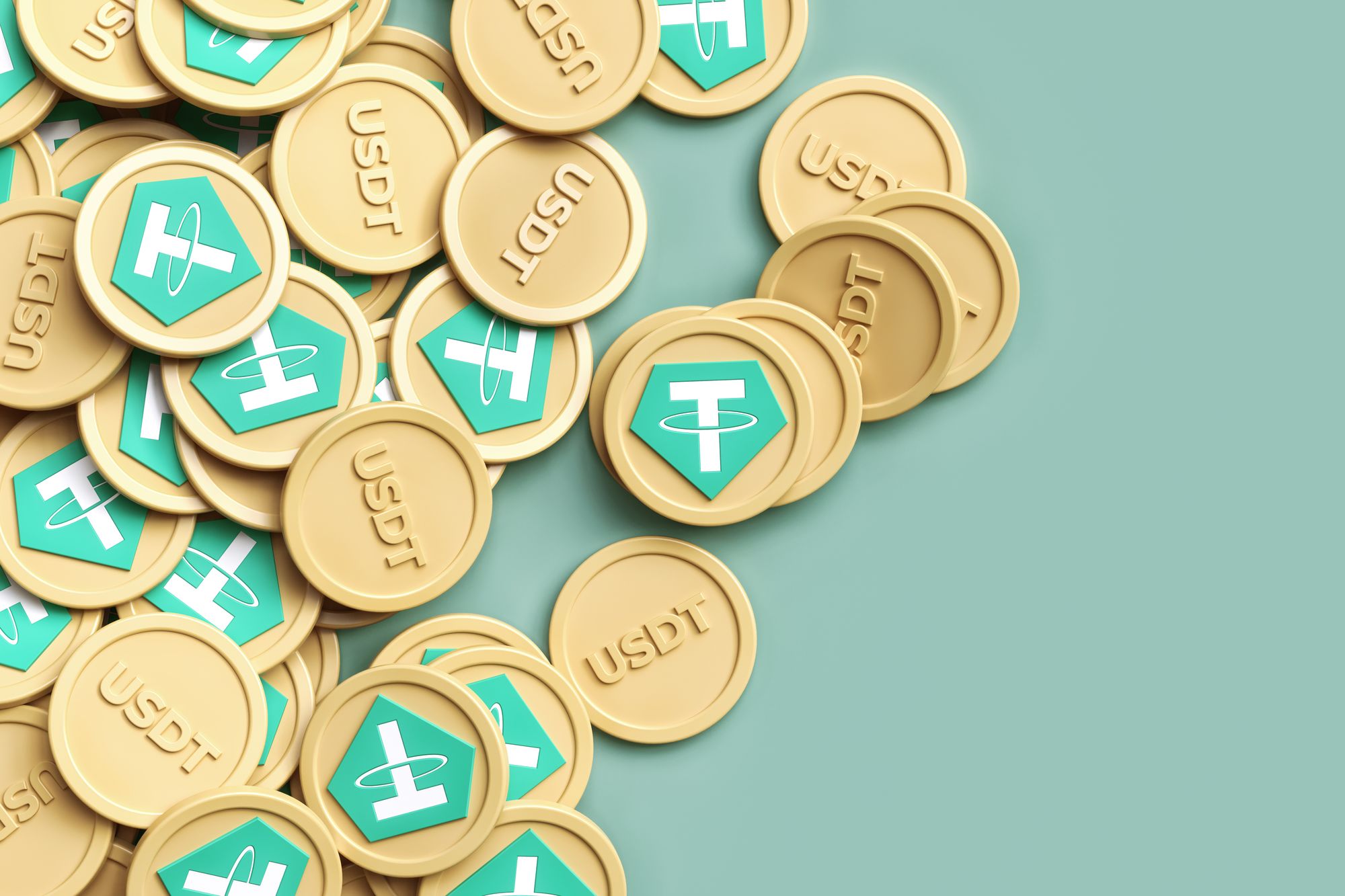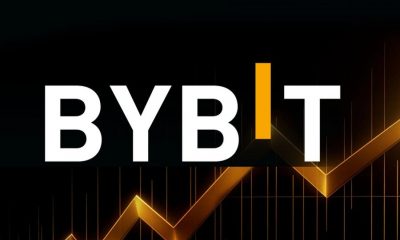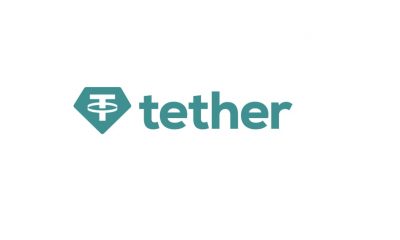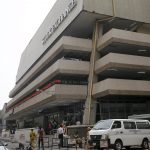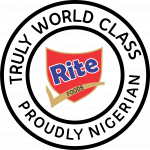Economy
Understanding Slippage in Crypto Exchanges and How Swapzone Helps Reduce It
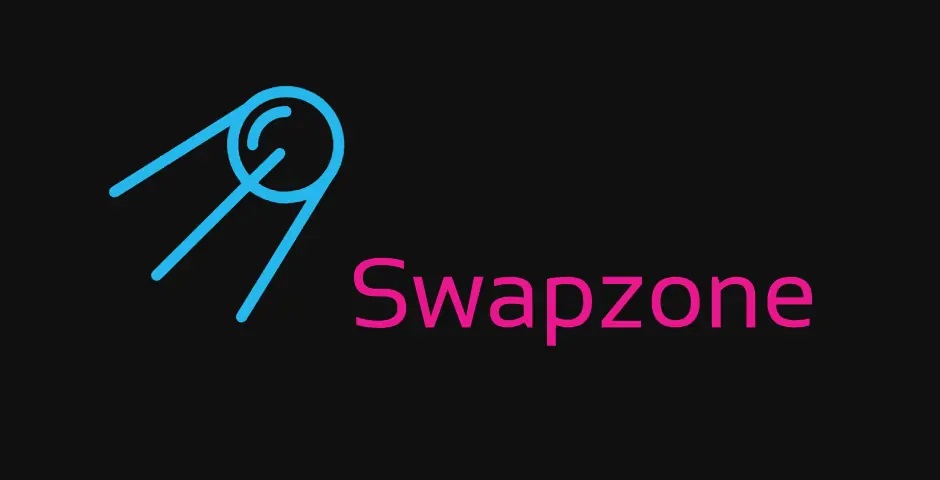
Introduction
Slippage is a common concern for crypto traders who use the best crypto exchange, especially during periods of high market volatility. It can lead to unexpected price changes between the time a trade is initiated and when it is executed. Understanding slippage and how to minimize it is crucial for optimizing trading outcomes. In this article, we’ll explore what slippage is, its causes, and how Swapzone’s advanced aggregation system helps reduce it for a smoother trading experience and crypto swap.
What Is Slippage in Crypto Trading?
Slippage refers to the difference between the expected price of a cryptocurrency trade and the actual price at which the trade is executed. It typically occurs when market conditions change rapidly, leading to discrepancies in pricing. Slippage can be either positive or negative:
- Positive Slippage: The executed price is better than the expected price, resulting in more favorable trade outcomes.
- Negative Slippage: The executed price is worse than the expected price, leading to potential financial loss.
Causes of Slippage in Crypto Exchanges
Several factors contribute to slippage in cryptocurrency markets:
1. Market Volatility
Crypto markets are known for their rapid price fluctuations. High volatility increases the likelihood that the price will change between the time a trade is placed and when it is executed.
2. Liquidity Levels
Liquidity refers to how easily an asset can be bought or sold without affecting its price. Lower liquidity, especially for less common tokens, can cause larger slippage due to fewer matching orders in the order book.
3. Large Trade Sizes
Executing large orders may consume multiple price levels in the order book, resulting in slippage. This is particularly common on smaller exchanges with limited order book depth.
4. Execution Speed
Delays in trade execution, whether due to network congestion or slow processing times, can lead to price differences and increased slippage.
How Swapzone Helps Reduce Slippage
Swapzone’s cryptocurrency aggregation model is designed to minimize slippage by leveraging advanced technology and broad market access. Here’s how Swapzone helps users reduce slippage:
1. Real-Time Rate Comparison
Swapzone continuously collects real-time data from over 20 exchange partners, allowing users to access the most up-to-date rates. This minimizes the risk of price discrepancies during trade execution.
2. Access to Multiple Liquidity Pools
By aggregating offers from both centralized and decentralized exchanges, Swapzone taps into a vast network of liquidity. This reduces the chances of encountering slippage, even for large trades.
3. Smart Order Routing
Swapzone’s algorithm automatically identifies the best route for each trade, optimizing execution across multiple providers. This ensures users receive the most favorable rates with minimal price impact.
4. Transparent Pricing
Swapzone displays all fees and costs upfront, allowing users to make informed decisions. Clear and transparent pricing reduces uncertainty and the risk of hidden slippage.
5. Customizable Options
Users can choose between the best rate or fastest execution options. This flexibility allows traders to prioritize speed or price efficiency based on their needs, further minimizing slippage risks.
Tips to Minimize Slippage When Using Swapzone
In addition to Swapzone’s advanced technology, users can take additional steps to reduce slippage:
- Monitor Market Conditions: Trade during periods of lower volatility to avoid sudden price movements.
- Split Large Trades: Divide large transactions into smaller orders to prevent significant price impact.
- Use the Best Rate Option: Select the best rate offer on Swapzone to secure the most competitive pricing.
Conclusion
Slippage is a critical factor to consider when trading cryptocurrencies, but with the right tools, it can be effectively minimized. Swapzone’s real-time data collection, smart order routing, and access to multiple liquidity sources provide a reliable solution for reducing slippage. By leveraging Swapzone’s capabilities and applying best practices, users can execute more accurate and cost-effective crypto swaps with confidence.
Economy
Customs Street Chalks up 0.12% on Santa Claus Rally
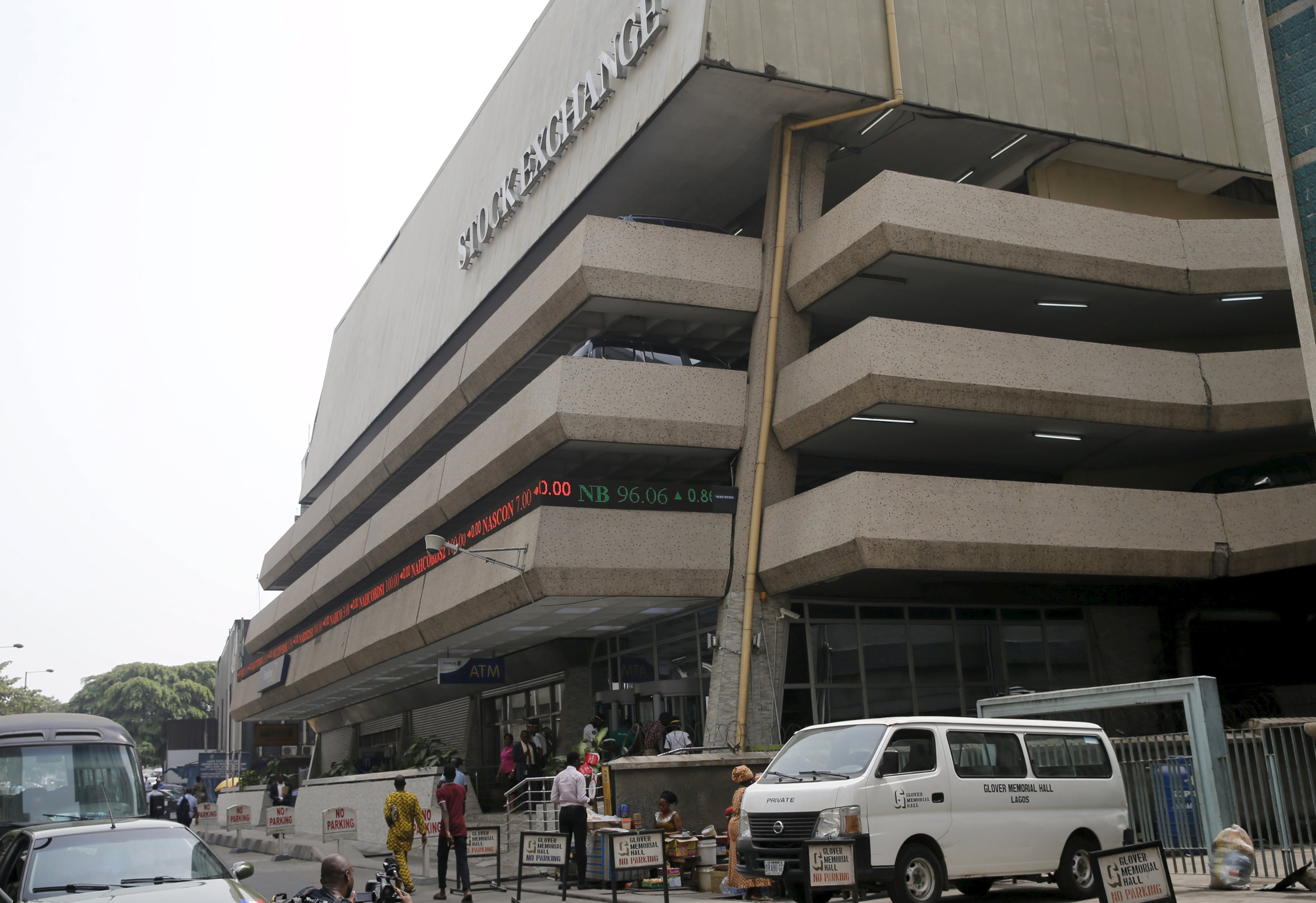
By Dipo Olowookere
The Nigerian Exchange (NGX) Limited witnessed Santa Claus rally on Wednesday after it closed higher by 0.12 per cent.
Strong demand for Nigerian stocks lifted the All-Share Index (ASI) by 185.70 points during the pre-Christmas trading session to 153,539.83 points from 153,354.13 points.
In the same vein, the market capitalisation expanded at midweek by N118 billion to N97.890 trillion from the preceding day’s N97.772 trillion.
Investor sentiment on Customs Street remained bullish after closing with 36 appreciating equities and 22 depreciating equities, indicating a positive market breadth index.
Guinness Nigeria chalked up 9.98 per cent to trade at N318.60, Austin Laz improved by 9.97 per cent to N3.20, International Breweries expanded by 9.85 per cent to N14.50, Transcorp Hotels rose by 9.83 per cent to N170.90, and Aluminium Extrusion grew by 9.73 per cent to N16.35.
On the flip side, Legend Internet lost 9.26 per cent to close at N4.90, AXA Mansard shrank by 7.14 per cent to N13.00, Jaiz Bank declined by 5.45 per cent to N4.51, MTN Nigeria weakened by 5.21 per cent to N504.00, and NEM Insurance crashed by 4.74 per cent to N24.10.
Yesterday, a total of 1.8 billion shares valued at N30.1 billion exchanged hands in 19,372 deals versus the 677.4 billion shares worth N20.8 billion traded in 27,589 deals in the previous session, implying a slump in the number of deals by 29.78 per cent, and a surge in the trading volume and value by 165.72 per cent and 44.71 per cent apiece.
Abbey Mortgage Bank was the most active equity for the day after it sold 1.1 billion units worth N7.1 billion, Sterling Holdings traded 127.1 million units valued at N895.9 million, Custodian Investment exchanged 115.0 million units for N4.5 billion, First Holdco transacted 40.9 million units valued at N2.2 billion, and Access Holdings traded 38.2 million units worth N783.3 million.
Economy
Yuletide: Rite Foods Reiterates Commitment to Quality, Innovation

By Adedapo Adesanya
Nigerian food and beverage company, Rite Foods Limited, has extended warm Yuletide greetings to Nigerians as families and communities worldwide come together to celebrate the Christmas season and usher in a new year filled with hope and renewed possibilities.
In a statement, Rite Foods encouraged consumers to savour these special occasions with its wide range of quality brands, including the 13 variants of Bigi Carbonated Soft Drinks, premium Bigi Table Water, Sosa Fruit Drink in its refreshing flavours, the Fearless Energy Drink, and its tasty sausage rolls — all produced in a world-class facility with modern technology and global best practices.
Speaking on the season, the Managing Director of Rite Foods Limited, Mr Seleem Adegunwa, said the company remains deeply committed to enriching the lives of consumers beyond refreshment. According to him, the Yuletide period underscores the values of generosity, unity, and gratitude, which resonate strongly with the company’s philosophy.
“Christmas is a season that reminds us of the importance of giving, togetherness, and gratitude. At Rite Foods, we are thankful for the continued trust of Nigerians in our brands. This season strengthens our resolve to consistently deliver quality products that bring joy to everyday moments while contributing positively to society,” Mr Adegunwa stated.
He noted that the company’s steady progress in brand acceptance, operational excellence, and responsible business practices reflects a culture of continuous improvement, innovation, and responsiveness to consumer needs. These efforts, he said, have further strengthened Rite Foods’ position as a proudly Nigerian brand with growing relevance and impact across the country.
Mr Adegunwa reaffirmed that Rite Foods will continue to invest in research and development, efficient production processes, and initiatives that support communities, while maintaining quality standards across its product portfolio.
“As the year comes to a close, Rite Foods Limited wishes Nigerians a joyful Christmas celebration and a prosperous New Year filled with peace, progress, and shared success.”
Economy
Naira Appreciates to N1,443/$1 at Official FX Market
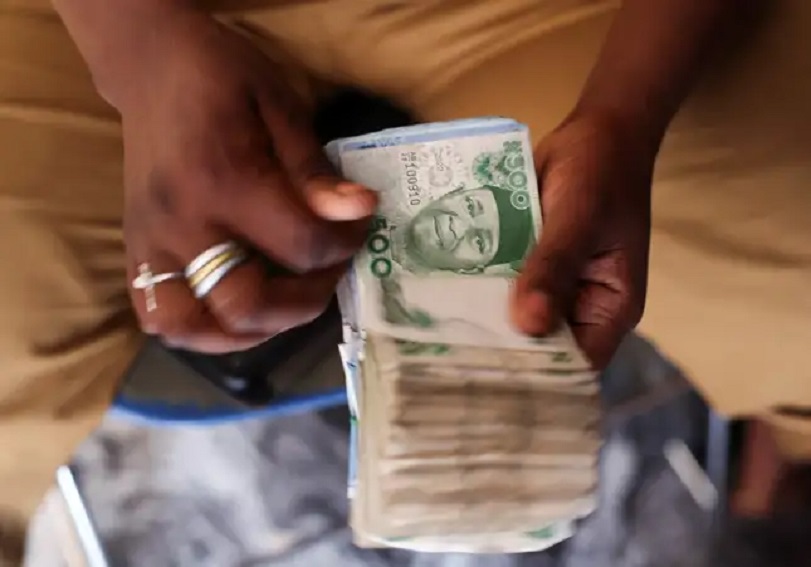
By Adedapo Adesanya
The Naira closed the pre-Christmas trading day positive after it gained N6.61 or 0.46 per cent against the US Dollar in the Nigerian Autonomous Foreign Exchange Market (NAFEM) on Wednesday, December 24, trading at N1,443.38/$1 compared with the previous day’s N1,449.99/$1.
Equally, the Naira appreciated against the Pound Sterling in the same market segment by N1.30 to close at N1,949.57/£1 versus Tuesday’s closing price of N1,956.03/£1 and gained N2.94 on the Euro to finish at N1,701.31/€1 compared with the preceding day’s N1,707.65/€1.
At the parallel market, the local currency maintained stability against the greenback yesterday at N1,485/$1 and also traded flat at the GTBank forex counter at N1,465/$1.
Further support came as the Central Bank of Nigeria (CBN) funded international payments with additional $150 million sales to banks and authorised dealers at the official window.
This helped eased pressure on the local currency, reflecting a steep increase in imports. Market participants saw a sequence of exchange rate swings amidst limited FX inflows.
Last week, the apex bank led the pack in terms of FX supply into the market as total inflows fell by about 50 per cent week on week from $1.46 billion in the previous week.
Foreign portfolio investors’ inflows ranked behind exporters and the CBN supply, but there was support from non-bank corporate Dollar volume.
As for the cryptocurrency market, it witnessed a slight recovery as tokens struggled to attract either risk-on enthusiasm or defensive flows.
The inertia follows a sharp reversal earlier in the quarter. A heavy selloff in October pulled Bitcoin and other coins down from record levels, leaving BTC roughly down by 30 per cent since that period and on track for its weakest quarterly performance since the second quarter of 2022. But on Wednesday, its value went up by 0.9 per cent to $87,727.35.
Further, Ripple (XRP) appreciated by 1.7 per cent to $1.87, Cardano (ADA) expanded by 1.2 per cent to $0.3602, Dogecoin (DOGE) grew by 1.1 per cent to $0.1282, Litecoin (LTC) also increased by 1.1 per cent to $76.57, Solana (SOL) soared by 1.0 per cent to $122.31, Binance Coin (BNB) rose by 0.6 per cent to $842.37, and Ethereum (ETH) added 0.3 per cent to finish at $2,938.83, while the US Dollar Tether (USDT) and the US Dollar Coin (USDC) remained unchanged at $1.00 each.
-

 Feature/OPED6 years ago
Feature/OPED6 years agoDavos was Different this year
-
Travel/Tourism9 years ago
Lagos Seals Western Lodge Hotel In Ikorodu
-

 Showbiz3 years ago
Showbiz3 years agoEstranged Lover Releases Videos of Empress Njamah Bathing
-

 Banking8 years ago
Banking8 years agoSort Codes of GTBank Branches in Nigeria
-

 Economy3 years ago
Economy3 years agoSubsidy Removal: CNG at N130 Per Litre Cheaper Than Petrol—IPMAN
-

 Banking3 years ago
Banking3 years agoFirst Bank Announces Planned Downtime
-

 Banking3 years ago
Banking3 years agoSort Codes of UBA Branches in Nigeria
-

 Sports3 years ago
Sports3 years agoHighest Paid Nigerian Footballer – How Much Do Nigerian Footballers Earn



